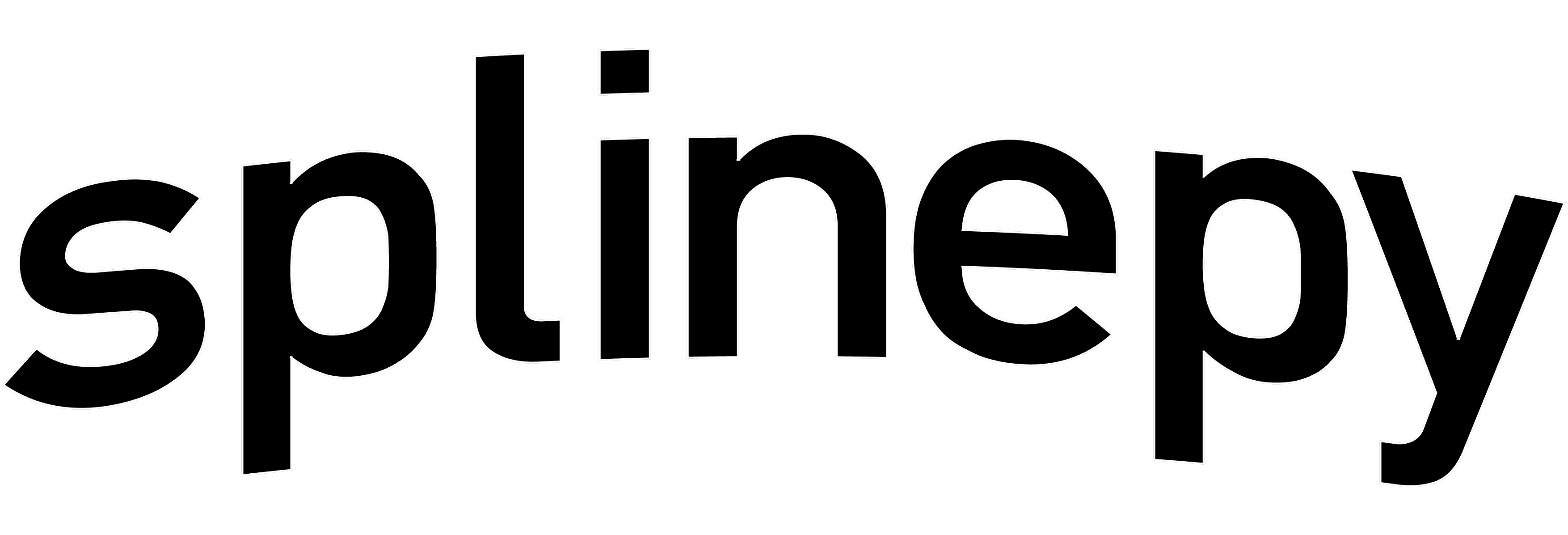splinepy.io.gismo.export#
- splinepy.io.gismo.export(fname, multipatch=None, indent=True, labeled_boundaries=True, additional_blocks=None, export_fields=False, field_mask=None, as_base64=False)[source]#
Export as gismo readable xml geometry file Use gismo-specific xml-keywords to export (list of) splines. All Bezier patches are excluded as their respective non uniform counterpart
- Parameters:
fname (string) – name of the output file
spline_list (Multipatch (preferred)) – (list of) Spline-Types in splinepy format
indent (bool) – Appends white spaces using xml.etree.ElementTree.indent, if possible.
labeled_boundaries (bool) – Writes boundaries with labels into the MultiPatch part of the XML
additional_blocks (list) – List of dictionaries, that specify model related options, like boundary conditions, assembler options, etc.. The dictionaries must have the following keys, ‘tag’->string, ‘text’->string (optional), ‘attributes’->dictionary (optional), ‘children’->list in the same format (optional)
export_fields (bool) – Export fields to separate file ending with fields.xml, e.g., filename.xml.fields.xml. Only non-zero splines are exported to save memory
field_mask (list) – Selection of active fields that are exported (to save memory and speed up export)
as_base64 (bool (False)) – If set, coordinates, weights and knot-vectors are exported in B64 encoding. Available in gismo, once gismo/gismo#634 merges.
- Return type:
None
